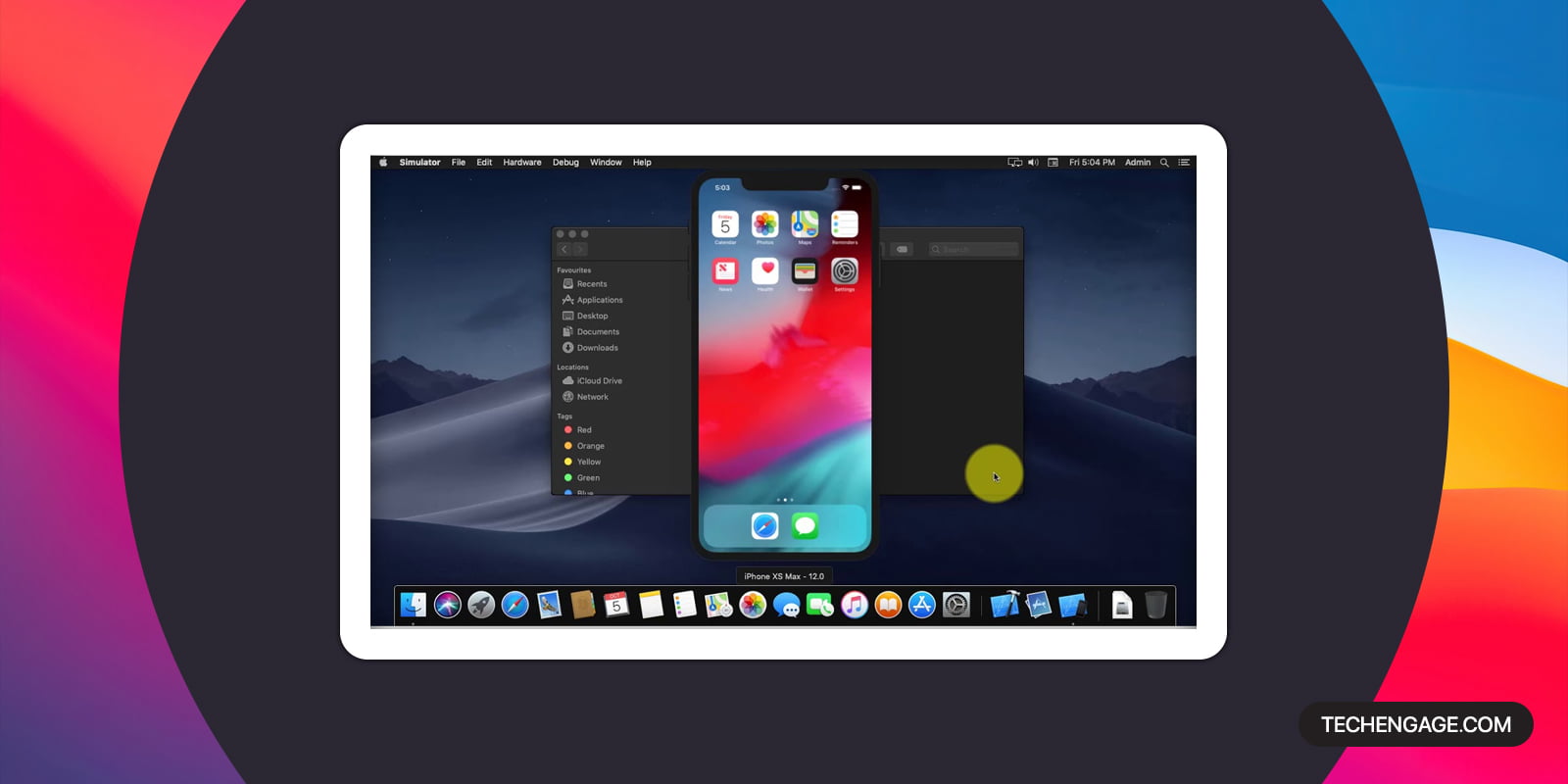
- #MAC WINDOWS 7 EMULATOR FOR MAC#
- #MAC WINDOWS 7 EMULATOR INSTALL#
- #MAC WINDOWS 7 EMULATOR PRO#
- #MAC WINDOWS 7 EMULATOR SOFTWARE#
So what really is the boundary between Basilisk II and SheepShaver? Why is there such a difference between MacOS 9.0.4 and 9.1? And what the hell is a ROM file anyway? That’s what I want to get into today. Most of the “default” or recommended pre-compiled Mac/Windows versions of emulators offered up to casual or first-time users don’t necessarily do every single feature that the emulator’s front page brags about. That’s partly because, as open source software, each of these programs is *potentially* capable of a hell of a lot – but might require a lot of futzing in configuration files and compiling of source code to actually unlock all those potentials (which, those of us just trying to load up Nanosaur for the first time in 15 years aren’t necessarily looking to mess with). In particular, while each Mac emulator has some pretty good information available to troubleshoot it (if you’ve got the time to find it), I’ve never found a really satisfying overview, that is, an explanation of why you might choose X program over Y.
#MAC WINDOWS 7 EMULATOR SOFTWARE#
That’s also not something that to hold against them in the least, mind you – when you are a relatively tiny, all-volunteer group of programmers keeping the software going to maintain decades’ worth of content from a major computing company that’s notoriously litigious about intellectual property….some of the details are going to fall through the cracks, especially when you’re trying to cram them into a forum post, not specifically addressing the archival/information science community, etc.
#MAC WINDOWS 7 EMULATOR FOR MAC#
The tinkering enthusiast communities that come up with emulators for Mac systems, in particular, are not always the clearest about self-documentation (the free-level versions of PC-emulating enterprise software like VirtualBox or VMWare are, unsurprisingly, more self-describing). I elided much of the technical process of setting up a legacy operating system environment in an emulator, since my focus for that post was on general strategy and assessment – but there are aspects of the technical setup process that aren’t super clear from the Emaculation guides that I first started with. However, it is worth a try if you do not have a problem with the backlogs of this emulator.Last fall I wrote about the collaborative technical/scholarly process of making some ’90s multimedia CD-ROMs available for a Cinema Studies course on Interactive Cinema. Because of these problems, this emulator ends up at the end of this list.

Although it is the cheapest paid emulator and it provides amazing features to the users, it has many backlogs such as advertisement problems etc. Thus, because of this problem, not many people like to use it. The great drawback of this emulator is that it does not allow you to download windows application variety in Mac devices OS X 10.6 and later version. However, it has a few lacks too which brings it down to the end of this list of top 10. Also, it can make your windows run smoothly and flawlessly without any issues too.
#MAC WINDOWS 7 EMULATOR INSTALL#
It can help you install all the windows application easily on your Mac operating system. It is based on Wine, and it has many great features to talk about as well. It is the cheapest paid emulator on this list because it only costs $7.99.

#MAC WINDOWS 7 EMULATOR PRO#
Last but not the least, WinOnx 2 Pro is a paid emulator that gets featured on the list of top 10.


 0 kommentar(er)
0 kommentar(er)
